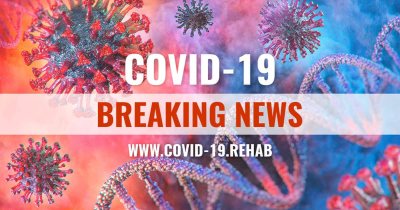ADHD and the PMDD Roller Coaster
PMS is unfamiliar to few women. Roughly 80% of menstruating women experience premenstrual symptoms like irritability, mood swings, and cramps.1 Now imagine PMS symptoms with the volume turned up to 11.
You feel hopeless, depressed, worthless. You’re on edge, exhausted, overwhelmed. You have no interest in beloved activities.
Your sleep is disrupted. You can’t concentrate. You may even have suicidal thoughts.And then your period arrives, and the symptoms recede as quickly as they arrived – until two weeks later, when the cycle begins anew.
This is the debilitating reality experienced by up to 45% of women with ADHD2, and it is known as premenstrual dysphoric disorder (PMDD).PMDD is caused by a high sensitivity to fluctuations in estrogen and progesterone, as well as decreases in serotonin – hormonal changes that happen during the luteal phase of the menstrual cycle.In the first two weeks of the menstrual cycle, estrogen increases, keeping dopamine high.
Read more on additudemag.com




































